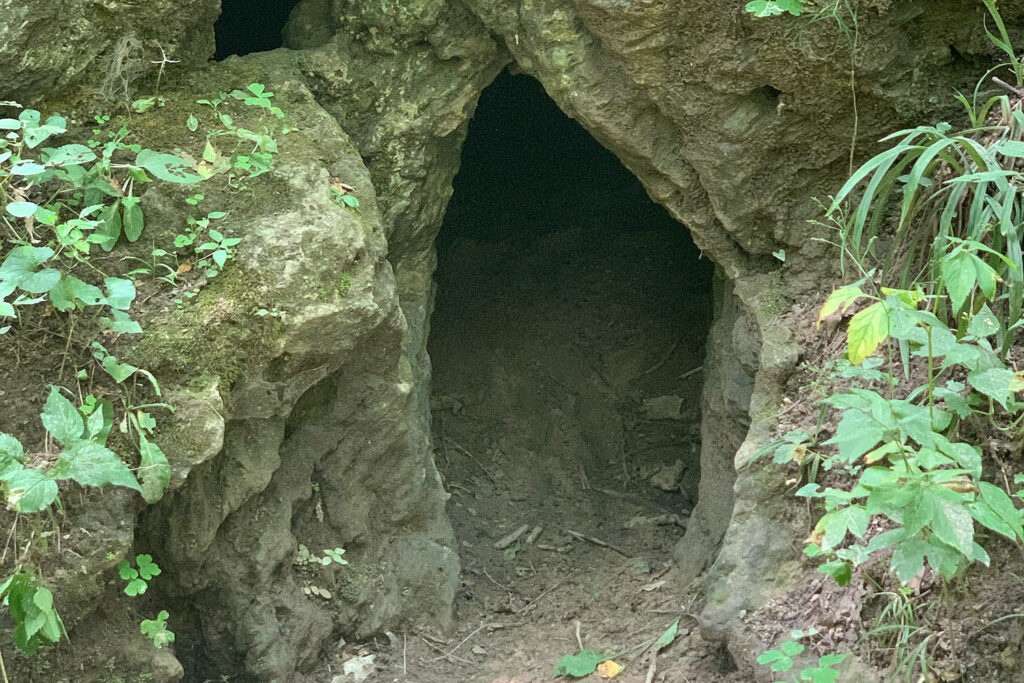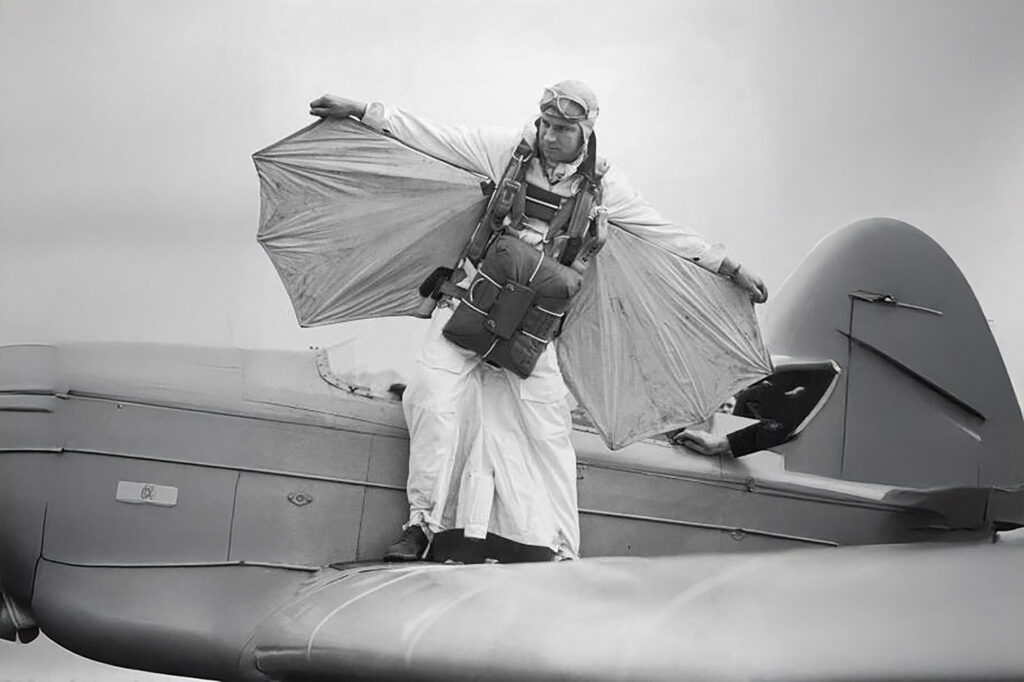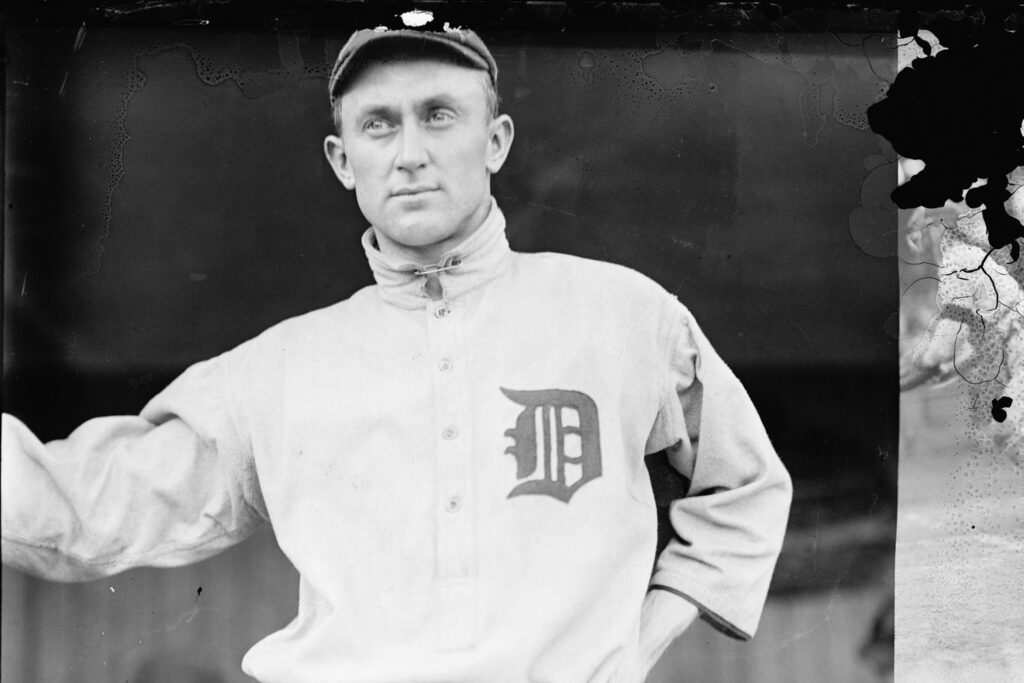Big Bay — In summer 1952, the Upper Peninsula was home to a murderer—one who served 0 days in prison.
On the evening of July 30, Charlotte Peterson asked her husband—Army Lieutenant Coleman A. Peterson—if she could go to the Lumberjack Tavern to get a drink and play shuffleboard. He told her to bring her dog, George, as she planned to walk.
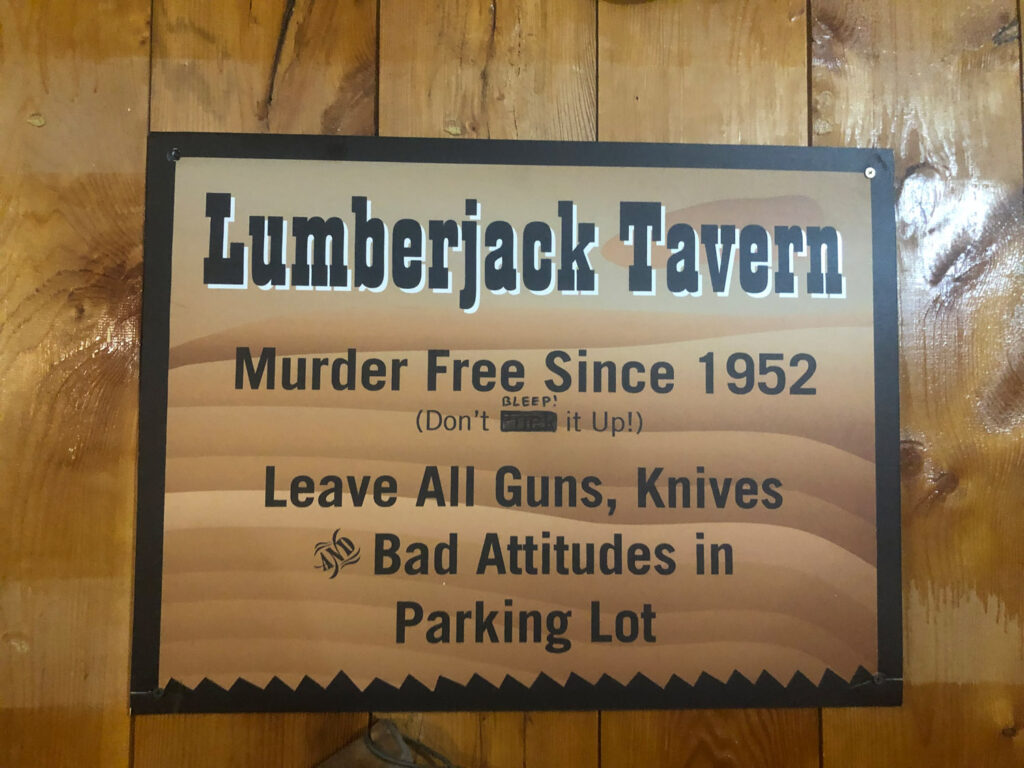
Afterward, Charlotte claimed she was raped by the local bar owner that night, and her husband shot him dead. He admitted to the murder, although claimed temporary insanity, and the lieutenant ultimately walked away scot-free.
Before the murder, the Petersons were living at a trailer camp in Big Bay, because the lieutenant was assigned to an anti-aircraft artillery range in the area. The town is a quaint, sleepy village surrounded by nothing but water and forest.
When Charlotte was leaving, tavern owner Maurice “Mike” Chenoweth offered to drive her home, and she agreed. She said he convinced her by insisting it was not safe for her to go alone.
She later said in court that she thought to herself, “My husband trusted him—I didn’t see any reason why I should not.”
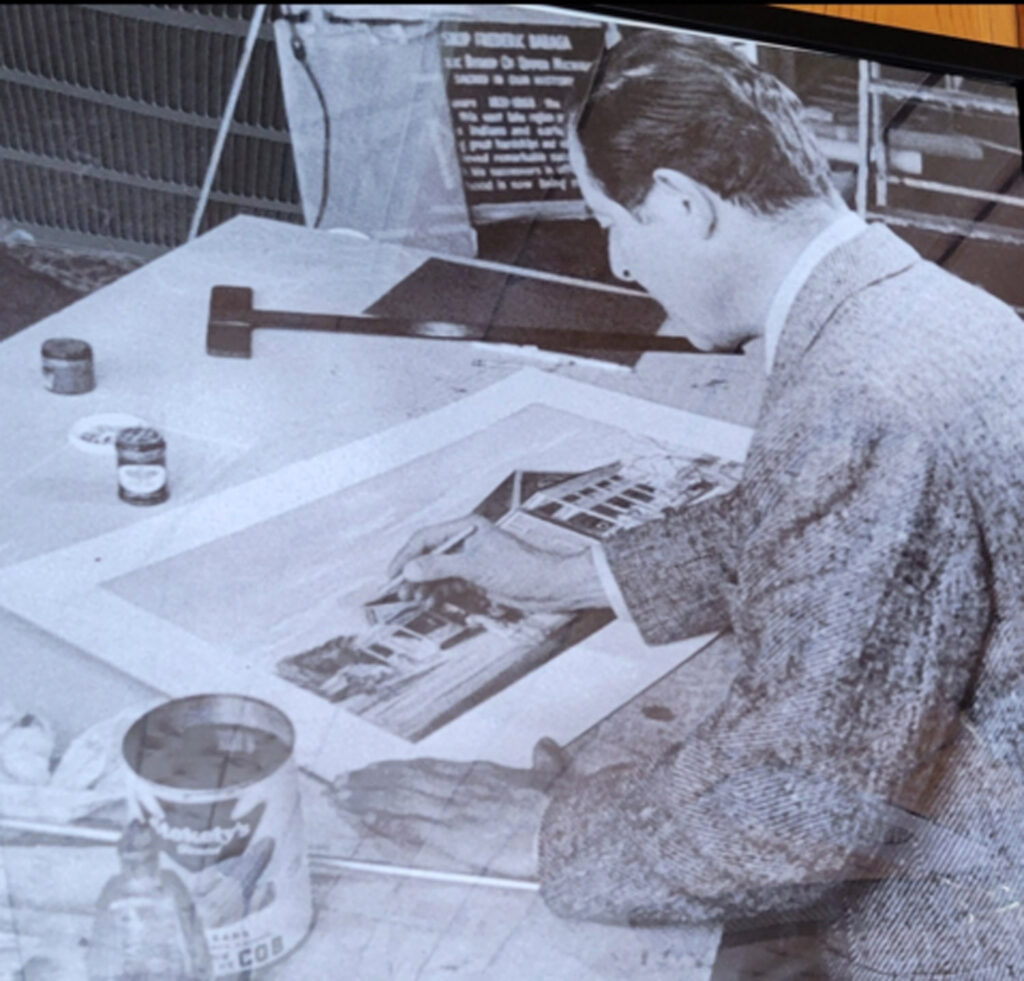
Charlotte claimed Chenoweth was supposed to make a left turn but instead went right. He brought her to a dark road and grabbed her hand, refusing to let go. She said her dog, George, could sense something wrong and tried to get in between them.
Before assaulting her, Chenoweth threw George out of the car.
“I am going to rape you,” he said, according to Charlotte’s testimony. “You will never get out of this car alive.”
“If you do, my husband will kill you,” Charlotte said. And that’s exactly what he did.
She returned home and was hysterical. She told her husband what happened, and he insisted she “swear to God” on her rosary that the story was true. He then grabbed his German Luger pistol, which he acquired from service in World War II, and headed to the Lumberjack Tavern.
It was after midnight when he arrived at the tavern. He shot five bullets into his wife’s alleged abuser. Chenoweth died on the floor of his own bar. His wife and daughter were asleep upstairs when it happened.
When he returned home that morning, Peterson said to his wife, “Well, I shot Mike, and I am going to tell Sheriff Marsh.” He was arrested that day for first-degree murder.
Peterson was represented by attorney John D. Voelker. He argued it was temporary insanity, or irresistible impulse, that caused him to murder Chenoweth.
When asked in court about killing Chenoweth, he said he did not remember—it wasn’t until he returned home he realized his pistol was empty.
Dr. Thomas Petty of Percy Jones Army Hospital testified that he believed Peterson to be temporarily insane at the time of the shooting—that he wasn’t able to distinguish right from wrong, and he didn’t understand the nature and consequences of his actions.
At the end of the trial, the jury decided Peterson was not guilty due to temporary insanity. Two days later, after a psychiatrist judged him sane, he was released.
The Peterson case was one of the earliest and highest-profile cases of the irresistible-impulse defense in Michigan.
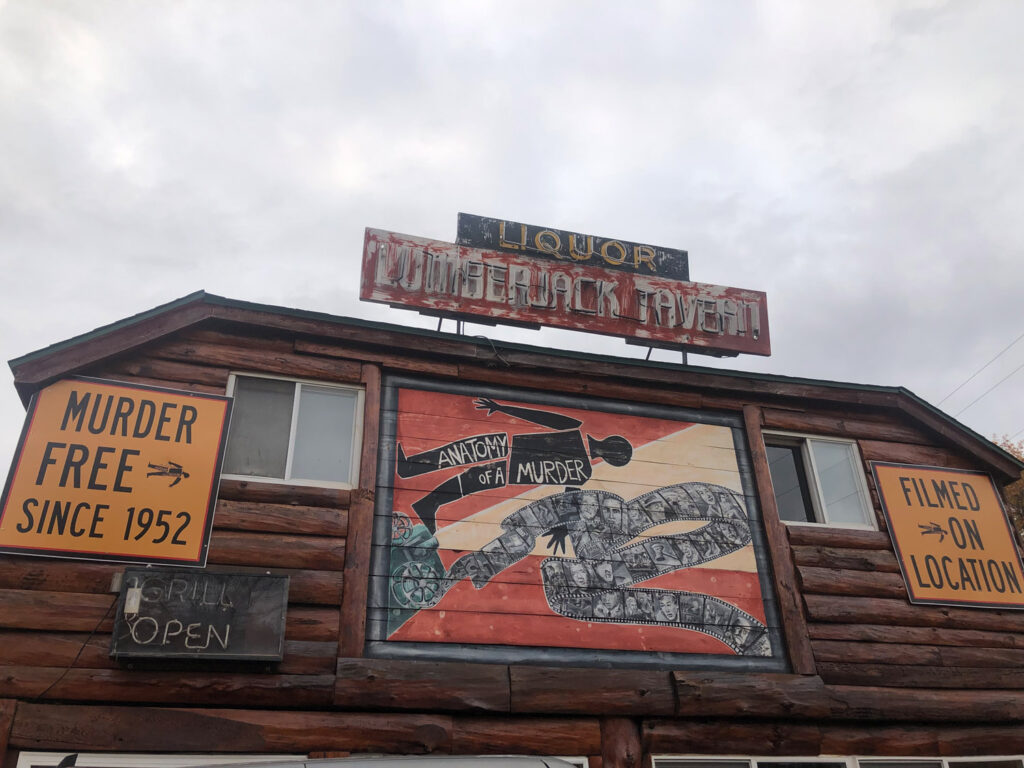
In 1958, Peterson’s attorney, John D. Voelker, wrote a book titled “Anatomy of a Murder.” The novel closely followed the structure and themes of the Peterson trial: A man kills someone who allegedly raped his wife, and the defense argues temporary insanity.
Voelker wrote under the pen name, Robert Traver, and changed all names and added fictional details to create a compelling courtroom drama rather than a documentary-style account.
After the book sold 1.5 million copies, director and producer Otto Preminger bought the film rights and hired Voelker to consult for the Wendell Mayes screenplay adaptation for the movie script.
The film, also named “Anatomy of a Murder,” was released in 1959. James Stewart starred as defense attorney Paul Biegler, the fictional version of Voelker.
Preminger contracted Walt Disney to design the movie set, which later evolved into the restaurant portion of the Thunder Bay Inn—representing the actual murder scene in a fictional bar, according to Mark Bevins, owner of the inn.
The film was shot in several locations of the Upper Peninsula. Some scenes were filmed in the Thunder Bay Inn, a block away from the Lumberjack Tavern. At the 1960 Oscars, the film received seven nominations, including best adapted screenplay.
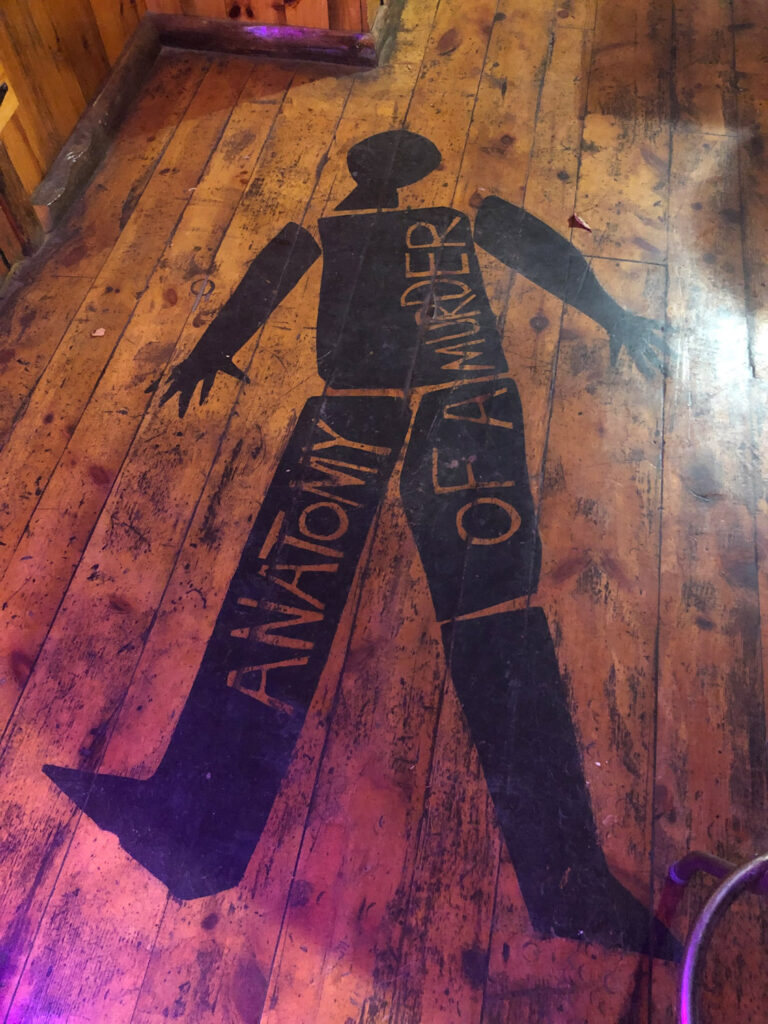
Big Bay will always be remembered as a murder town, but maybe that’s what it wants. The Lumberjack Tavern is still operating—it even has an outline on the floor of where Chenoweth died. On the front of the building, it has a sign that reads, “Murder Free Since 1952.”
If you visit the Thunder Bay Inn, you’ll see “Anatomy of a Murder” playing on a loop.
Bevins said staff play the movie on repeat to “keep the ‘Anatomy of a Murder’ ghost happy.”
Lauren Washburn formerly served as a research analyst for Dr. Phil Primetime and currently works as Christopher Rufo’s executive assistant.

